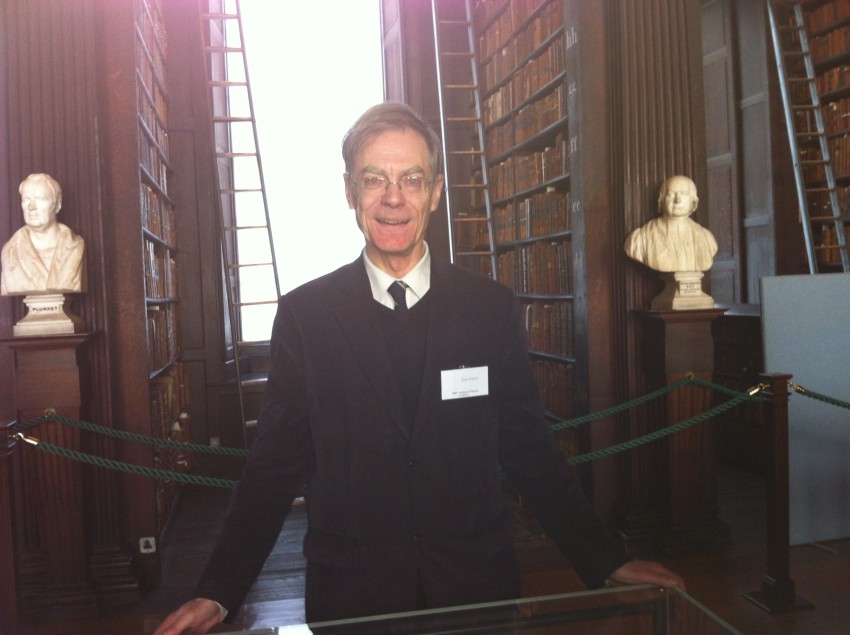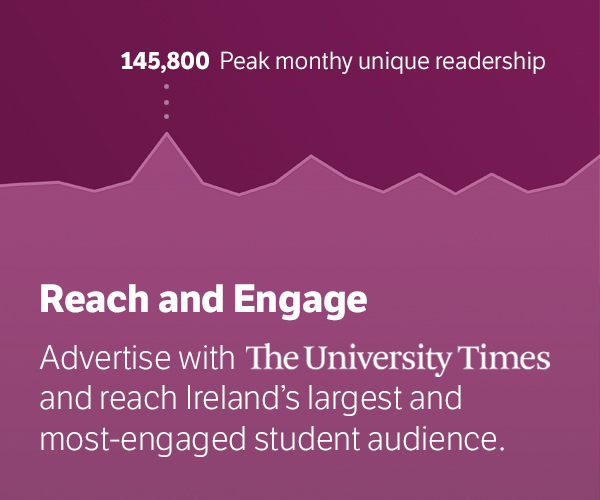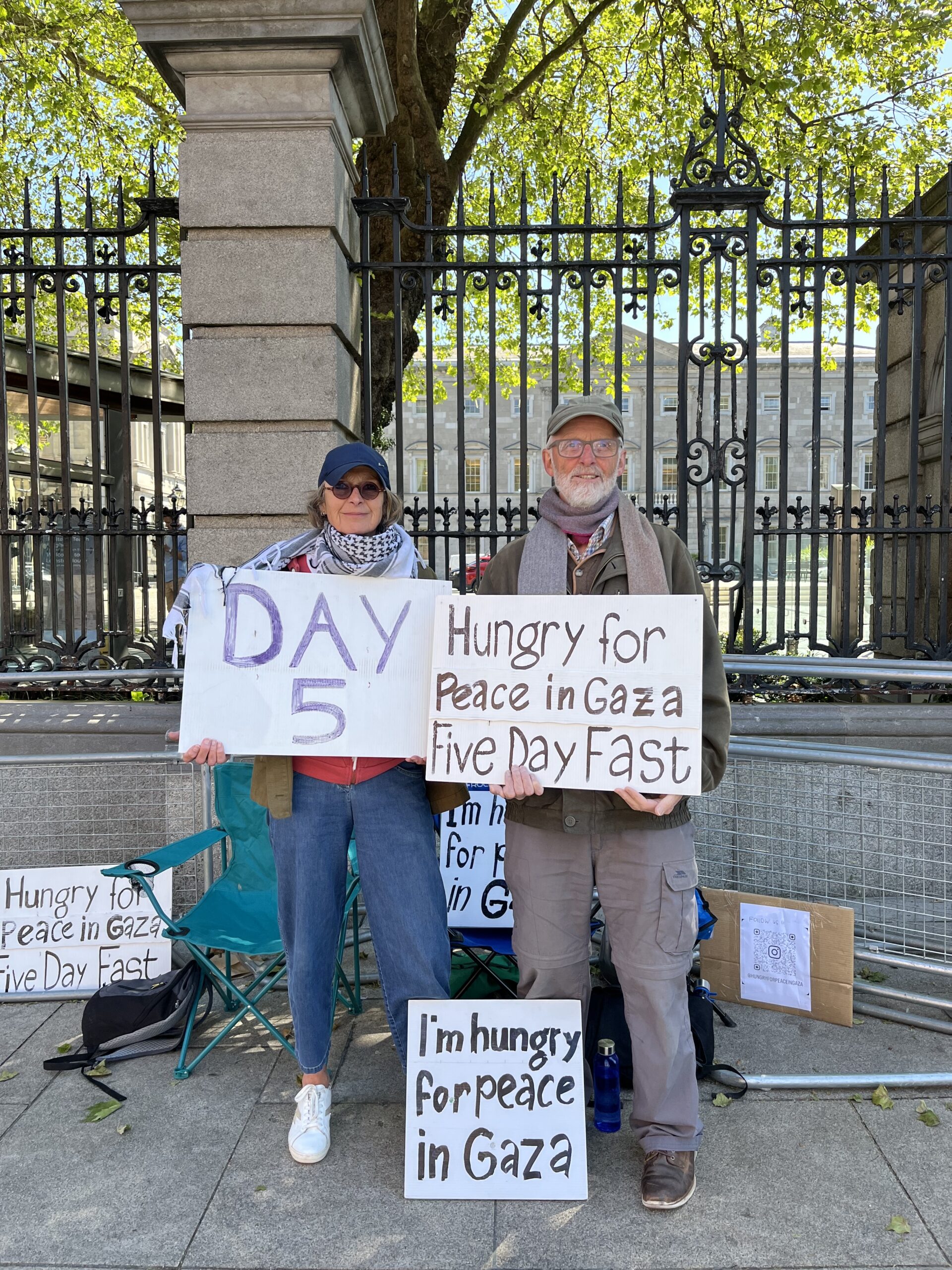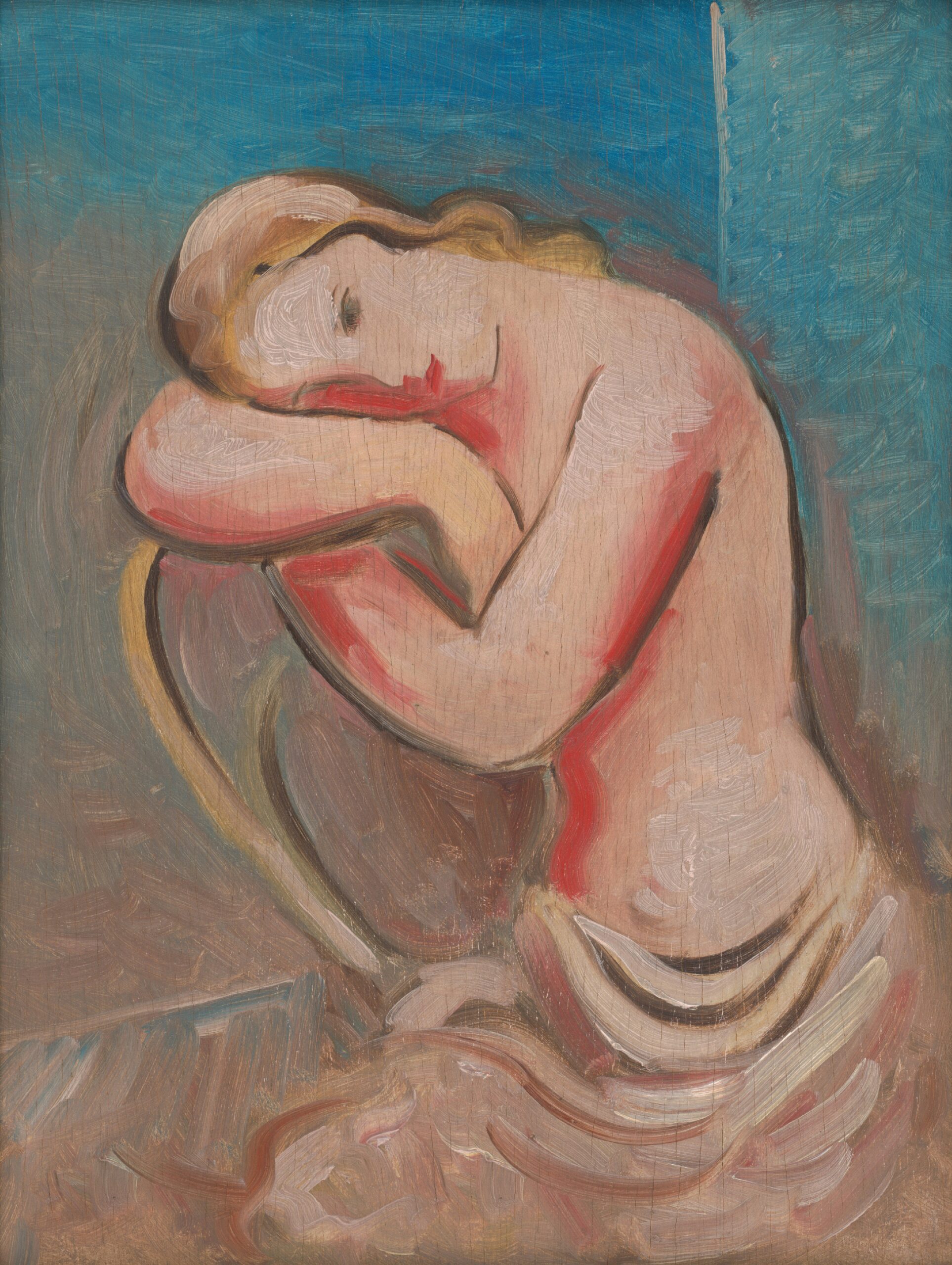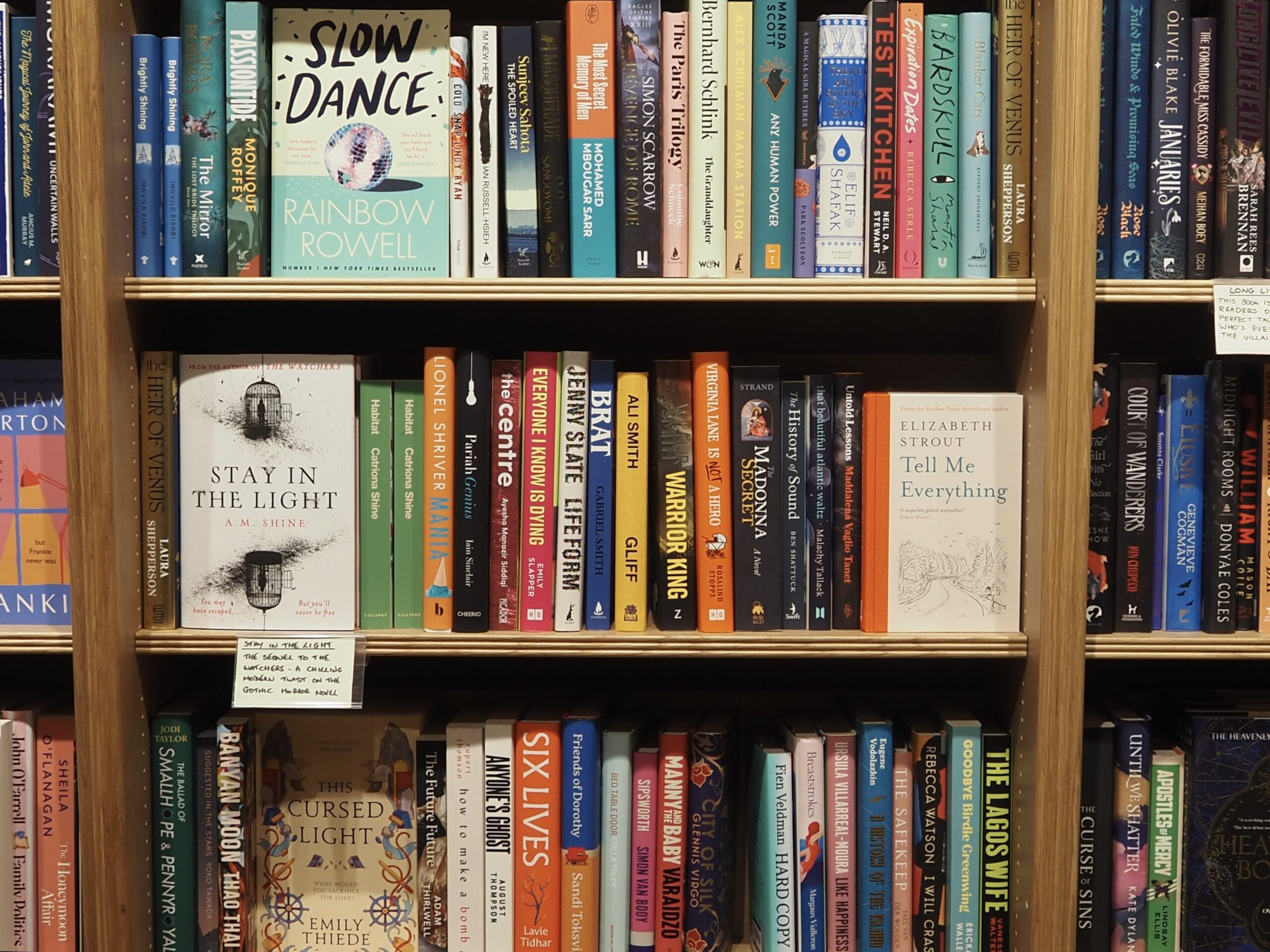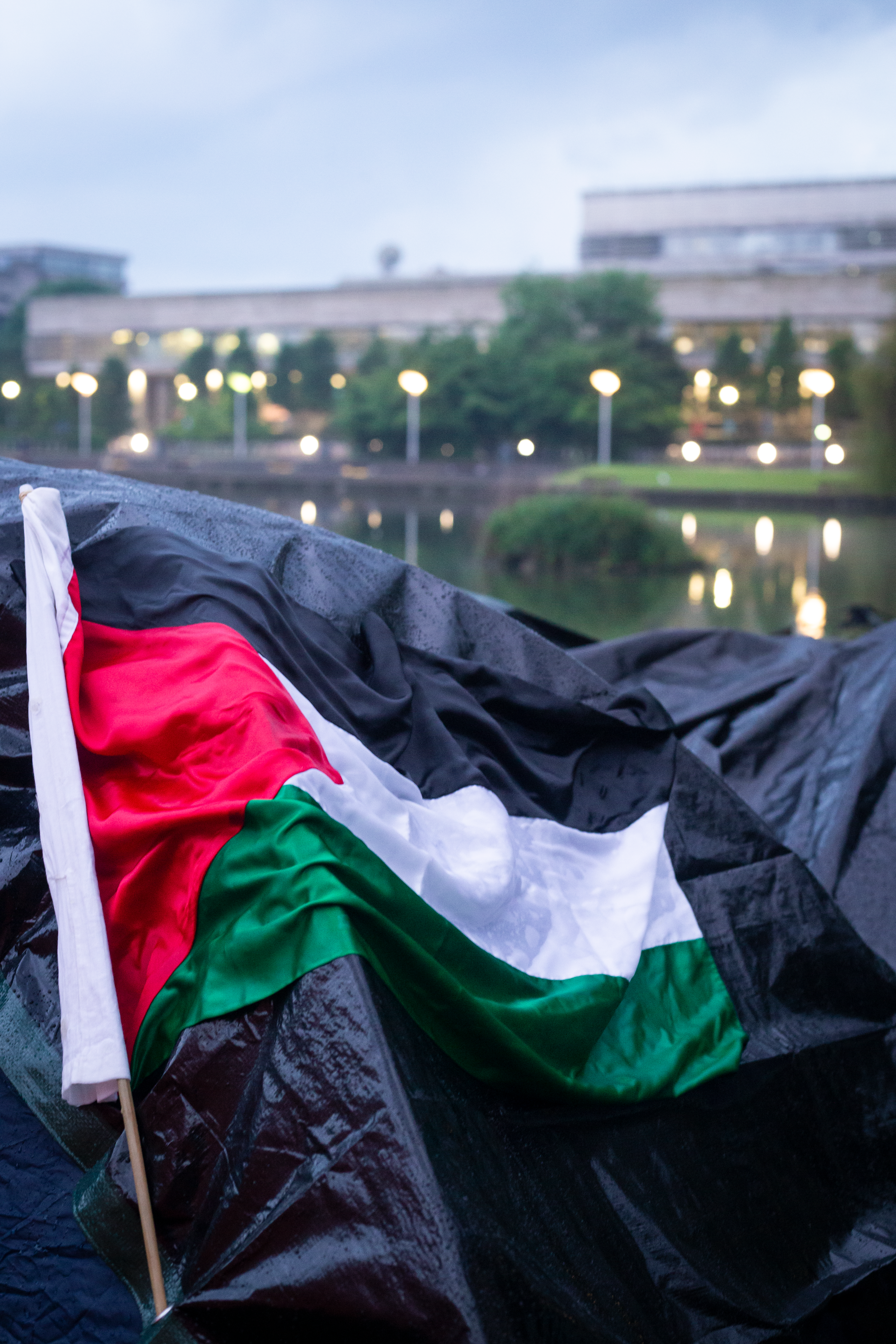Sanya Mahni | Contributing Writer
Dr Eric Finch is a fellow emeritus and a lecturer in Trinity College. In the course of his 42 year career at Trinity he has been the president of the Physics Society and of the Theological Society. Dr Finch has co-authored a book*1 on Nuclear Radiation. He also supervised Dr Elaine Doorly, the current radiological protection officer, in her study of naturally occuring radioactivity in building materials in Ireland. In the following interview he gives us an insight into his experience of Trinity.
What did you like/dislike about lecturing?
I find it fun to stand in front of 100 students and tell them all about the subjects which I enjoy. All I can say is that I hope the students find it fun as well.
The one thing I least like is examining; you’re just working with anonymous scripts. Continuous assessment has the advantage that, if you are with the student, you can have a one- to- one conversation with them.
Junior Freshman tutorials were very interesting. The group had 5 or 6 students in this office with me and you just talked through simple physics and dealt with the misconceptions and Aristotelian concepts such as a force on an object will make it move with a constant velocity, (which it doesn’t, of course; it has to speed up). “Don’t be scared, just say what you think and we will deal with it”, I tell them. We all had a lunch at the end of the year together in Dublin and just relaxed together.
What would you consider to be your most memorable moment during your time in Trinity?
Oh, there is no doubt about that. It was three years ago, 39 years since I joined Trinity. On Trinity Monday in 2011, my name was announced for Fellowship – at least I think it was because I heard the Provost read out Eric Charles, but I didn’t hear anything more because there was a big whoop from someone on the other side of Front Square. I hope he added Finch to that. The owner of the whoop subsequently a couple of days later came to me. I knew her very well, and she said that she couldn’t help it when my name was read out.
Do you think that the college has changed much during your time here?
It has changed a great deal. When I came in 1972 there were just over 4,000 students, whereas in college there are something like 16,000 – 17,000 students now. I first came to Trinity in 1967 as a tourist. I could tell immediately that this was an extraordinary place. I went to see the Book of Kells. There was a begowned student at a trestle table with books on it. The porter guarding the entrance to the Long Room spotted my accent from abroad. He was resplendent in his black coat with gleaming brass buttons on it, and immaculately groomed with an erect military attitude. He leaned over to me and whispered conspiratorially “We’re all Victorians here”. I thought, “What did he mean? What is he talking about?” I soon found out; he was a member of the old regime and Trinity had yet to undergo the big revolution that occurred in 1970.
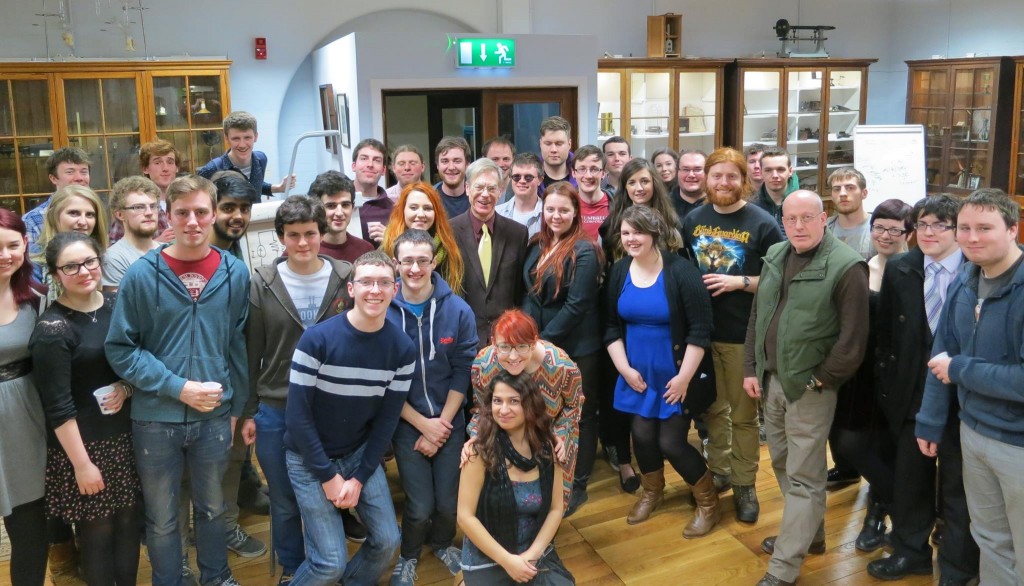
Dr Eric Finch speaking to the Physics Society entitled ‘Thomas Young: from Interference Slits to Egyptian Hieroglyphs’
In 1967, the student constituency was quite extraordinary. There was a large number of English; there were Northern Irish and some Southern Irish but Catholics could not attend Trinity unless they had received a dispensation from the Archbishop. When I came in 1972, the “ban” had been removed two years previously. I saw the last of the old group of students going out of the system: the old Trinity as it were. It transformed the college from a little fortress-like place into a place which was recognised by everyone in Ireland. That was such a revolution, and the College grew.
What are your favourite things about Trinity?
It is the heritage and the history of Trinity that I like, as well as watching the place thrive and grow. As regards heritage, I will tell one other story. My mother-in-law had never heard of Trinity College, she being Austrian. In 1972 I said to her “I am going to Ireland.” This was the time of the troubles in the North. “Oh dear”, she said. “Trinity, when was it founded?” and I said “1592”, and I shall never forget her response – “Oh that’s all right then”.
If you could change something about the College, what would you change?
The big thing is to encourage networking more, not just through iPads, email, twittering, and texting but also the old fashioned way of talking face-to-face. Networking is the way to keep a sense of cohesiveness and collegiality in an institution like this.
The little thing I would like to see is the tradition of bells retained in College. Having gone to Oxford with the sound of bells everywhere, I miss their sound.
What are you working on at the moment?
I have been asked repeatedly by the people in the School of Physics to write something of what I remember of Trinity over the last 40 years. I thought what I would write a little history of the 20th century of the School of Physics, which hasn’t really been covered very much. The 20th century with its tumultuous history was a period of ups and downs in the School.
I have noticed that you tend to leave your office door open at all times, why?
Well, I always like people passing by and saying hello. Of course to a certain extent you can argue that I am being distracted slightly from my work but I think that the slight distraction is more than compensated for by meeting other people.
As a scientist and a theist, what do you think about the relationship between them?
I’m happy to be both a scientist and a believer in God; I don’t see any conflict.
*1C.F.G. Delaney and E.C. Finch, Radiation Detectors, Clarendon Press Oxford, 1992.
